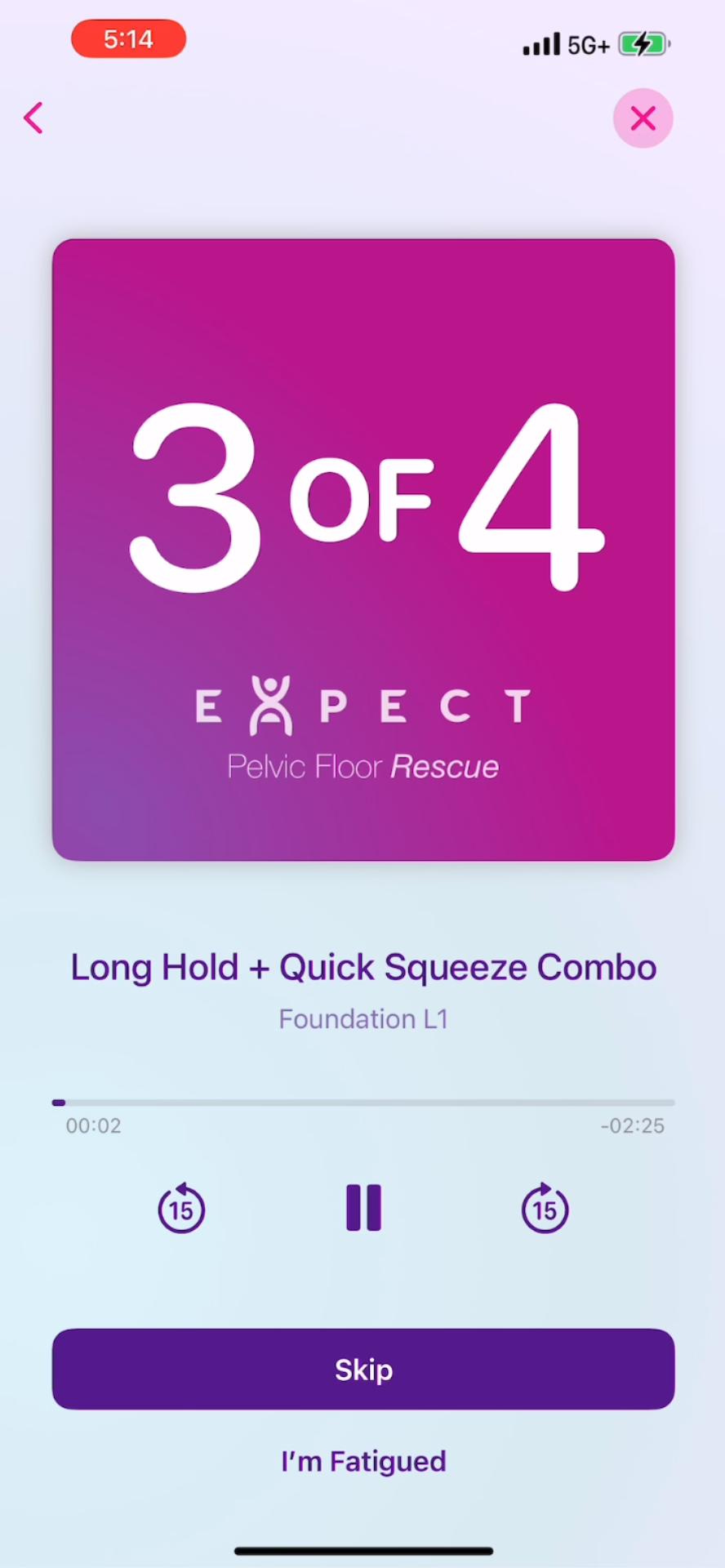The Pelvic Floor Power Duo
Quick Holds and Long Holds for Pelvic Health
When it comes to strengthening your pelvic floor, the exercises quick holds and long holds play unique, vital roles. Think of them as training for two very different but equally important events: a sprint and a marathon. Here's why incorporating both into your routine is essential for optimal pelvic health.
Quick Holds: The Sprinter's Reflex
Quick holds are like the reflexive burst of speed a sprinter uses to cross the finish line. These fast contractions are your pelvic floor's first line of defense against leaks when you laugh, cough, sneeze, or jump, let’s say during a fitness class or while playing with your kids. They rely on fast-twitch muscle fibers, which activate in moments of sudden pressure.
If your quick holds are weak or uncoordinated, you may experience leaking during these activities, a condition known as stress urinary incontinence. Quick holds also boost sexual arousal and orgasm by improving the responsiveness of your pelvic floor muscles.
How to do it: Squeeze and release your pelvic floor muscles quickly and repeatedly—aim for 3 to 20 reps, with 1 second to squeeze and 1 second to relax each time.
Long Holds: The Marathoner's Stamina
Long holds are your pelvic floor's endurance workout. You harness long hold strength in those moments when you’re driving home, stuck in traffic, and you need to use the restroom but your home is still miles away. This is where long holds come to the rescue.
Long hold exercises target your slow-twitch muscle fibers, which help you manage urge incontinence—that sudden, overwhelming need to urinate, often referred to as "key in the door syndrome." This happens when you’re fumbling with your keys at the front door, the urgency peaking, and you need your pelvic floor muscles to hang on just a little longer. By strengthening your long hold endurance, you build the ability to hold through those crucial moments so you can make it to the bathroom without embarrassment.
How to do it: Contract your pelvic floor and maintain the squeeze for as long as you can—up to 20 seconds.
Why You Need Both
Just as a runner cross-trains with sprints and long runs to balance power and endurance, your pelvic floor needs both quick and long holds to function optimally. Quick holds provide the speed and reflexes to prevent sudden leaks, while long holds build the strength and endurance for sustained bladder and bowel control.
By incorporating both types of exercises into your routine, you’re equipping your pelvic floor to handle whatever life throws at it—whether it’s a marathon car ride or a sneezing fit at the grocery store.



